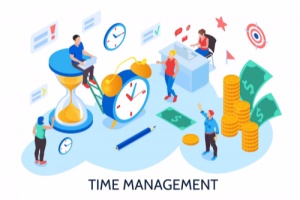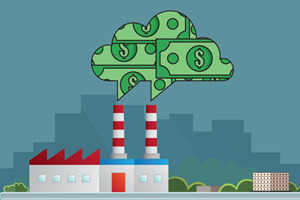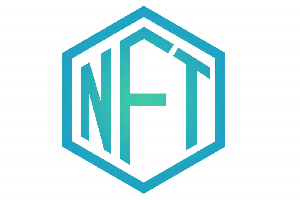The State of Economic Inclusion
Transforming the economic lives of the extreme poor is a monumental challenge.
Over 700 million people face the trap of extreme poverty, and for the first time in two decades, this number is on the rise. Poverty can span generations, leaving families without hope of a way out.
Economic inclusion programs bring hope to transform the economic lives of the poor. In over 75 countries, there’s been a surge of these programs for the poorest.
Given the ever-changing global landscape, this surge is set to continue, especially in areas affected by conflict, climate change and shocks – as the COVID-19 pandemic shows.
These programs support individuals and households with a “big push” of coordinated interventions – usually a combination of cash or in-kind transfers, skills training and coaching, access to finance, and links to market support.
Economic inclusion programs have the potential for scale-up at the national level. While many countries are at a nascent stage of this journey, strong momentum has built based on evidence and learning across a range of sectors and smaller-scale programs. Governments are bringing economic inclusion programs to scale by building on existing investments, especially in areas such as safety nets, livelihoods, jobs and financial inclusion programs.
Programs at scale have transformative potential, especially for women. And many programs are being adapted for vulnerable populations, including people with disabilities and people who are displaced.
The overall evidence of impact and cost-effectiveness is promising. Economic inclusion programs are shown to have greater impacts on income, assets, and savings than standalone interventions. Programs that integrate with national systems are keeping costs low and making investments more affordable – a phenomenon most evident in safety net programs.
Now is the time to build on the surge of programs, bring programs to scale, and bring meaningful economic change to those who need it most.















